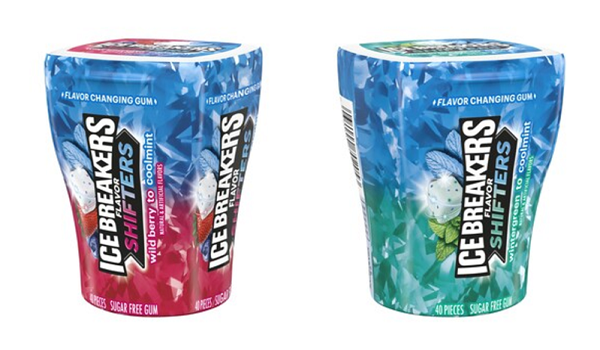With declining demand since its 2011 peak, major gum manufacturers like Hershey and Mars Wrigley are turning to innovative flavors, ingredients, and formats to revitalize the category. Hershey’s latest product, Ice Breakers Flavor Shifters, marks its biggest innovation in five years, with the gum shifting flavors mid-chew—from Wild Berry to Coolmint or Wintergreen to Coolmint.
“We’re targeting people whose gum routine has gotten boring. How do we revitalize it? How do we deliver some excitement?” said Dan Mohnshine, Hershey’s vice president of marketing.
The pandemic caused gum sales to plummet, with homebound consumers no longer needing to freshen their breath. Sales dropped 22% to $2.5 billion in 2020, and impulse buys—which are responsible for half of gum sales—dwindled during lockdowns. However, as people returned to socializing and office life, the category has rebounded, growing by 15% in 2022 and 2023 and reaching $3.4 billion in sales in 2024.
Despite this recovery, gum’s long-term decline persists, with fewer Americans chewing gum today than a decade ago. In 2011, 178 million people in the U.S. chewed gum, compared to 157 million this year.
Mars Wrigley, the world’s leading gum producer, is seizing the opportunity to innovate. The company recently launched Hubba Bubba gum infused with Skittles flavors, tapping into the popularity of the candy with Gen Z. “It’s important for us to innovate to attract new users and take a leadership role in the category,” said Mike Gilroy, Mars Wrigley’s vice president of trade development.
As some manufacturers, like Mondelēz International, have exited the gum market, others are exploring value-added propositions such as caffeine-infused gums or products that improve oral health to drive growth in the category.
For companies still in the gum business, innovation is key to keeping sales from “popping.”


